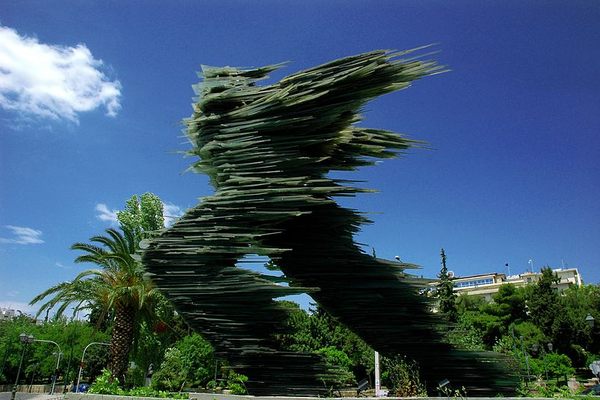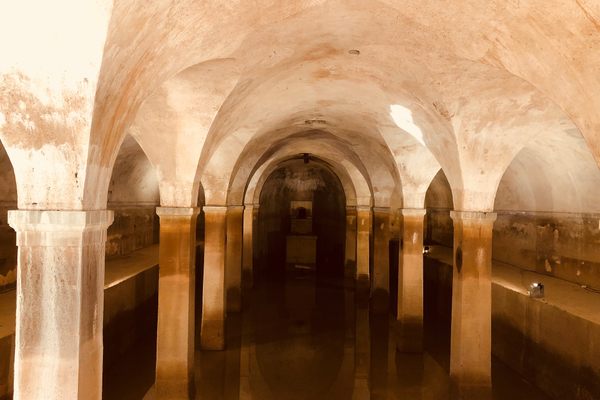Petraki Monastery
The oldest standing Byzantine church in Athens is tucked within a monastery in the middle of an upscale shopping district.
The Monastery of the Holy Incorporeal Taxiarches, commonly known as Petraki Monastery, is the home of 16 monks who care for the beautiful, serene property. It’s also home to the oldest standing Byzantine church in Athens, which dates back to the 10th century.
The church is constructed mostly of rubble masonry. It’s a four-aisled, cross-in-square building. The octagonal dome dates from the late Byzantine era and is supported by ancient columns. The outer narthex was added at the beginning of the 19th century.
During Ottoman times, the monastery was a Metochion of the Karea Monastery on Mount Hymettus and provided much-needed medical care and food to hundreds of the local residents and followers.
The complex was renovated numerous times in the 15th and 16th centuries. In 1673, the monk, doctor, and philosopher Parthenios Petrakis financed a significant renovation, and in gratitude, the monastery was named after him. The church was decorated with mural paintings in 1719 by famous hagiographer Georgios Markou and in the mid-18th century the monastery became patriarchal. From that time on all Abbots were selected by the Petrakis family.
Within the monastery complex is the Church of Saint Asomatoi Taxiarches, the seat of the Holy Synod of the Church of Greece, the grave of famous cleric Constantinos Oikonomou, and numerous artifacts including dropped columns from an ancient temple. The site also has a great view up to Mt. Lycabettus and the Church of St. George.
In the 19th century, the monastery acquired much of the nearby property, included the current sites of the Academy of Athens; National Technical University of Athens; Gennadius Library; Rizareios School; and Evangelisimo, Sotira and Syngrou Hospitals. This land was donated to the Greek government making the monastery one of the largest benefactors in the history of the country.
During the Greek War of Independence, the Ottomans damaged and plundered the monastery, but it was repaired immediately after Greek independence and served temporarily as a military hospital. During the Balkan Wars (1912 to 1913) it was again used by the military and in 1923 it housed many Greek refugees who were victims of the population exchange between Greece and Turkey. During World War II , the monastery again provided important social services, providing meals every Sunday to local needy families.
Know Before You Go
Entry to the monastery grounds is allowed; however, if you wish to enter the church a show of respect is achieved by modest clothing and proper behavior. For men shorts, tank tops/sleeveless shirts, and sandals/flip flops are frowned upon. Womens' shoulders should not be shown in church, so anything strapless or with thin straps should be avoided. Skirts and dresses should at a minimum come below the knee. Some churches ask that no leg be shown. Visitors should keep their feet on the ground when seated, because it is considered insulting for feet to face holy images.
Currently, the Divine Liturgy is performed in the church daily from 6:00 a.m. to 8:15 a.m. and these holy services are broadcast live by the Church of Greece radio station. Additionally, the monastery celebrates the Feast of the Bodiless Powers annually on November 8 and on February 7 of each year memorial services are held for Abbot Petrakis.
Community Contributors
Added by
Edited by
Plan Your Trip
The Atlas Obscura Podcast is Back!





































Follow us on Twitter to get the latest on the world's hidden wonders.
Like us on Facebook to get the latest on the world's hidden wonders.
Follow us on Twitter Like us on Facebook